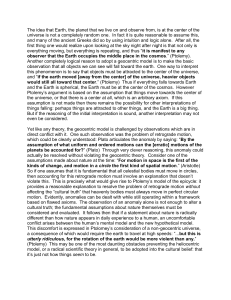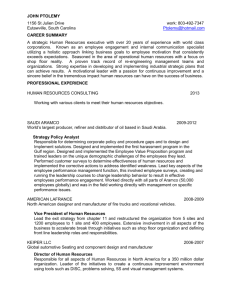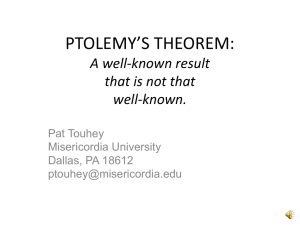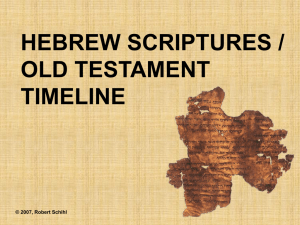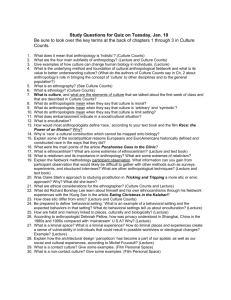1.1 Introduction - Leicestershire County Council
advertisement
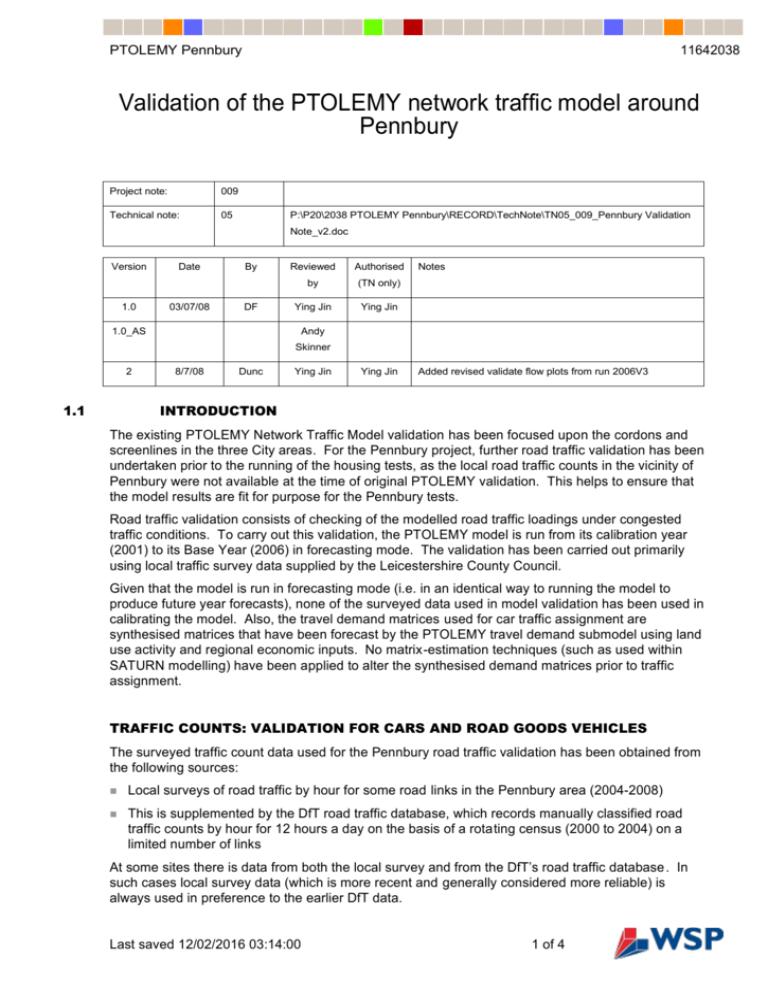
PTOLEMY Pennbury 11642038 Validation of the PTOLEMY network traffic model around Pennbury Project note: 009 Technical note: 05 P:\P20\2038 PTOLEMY Pennbury\RECORD\TechNote\TN05_009_Pennbury Validation Note_v2.doc Version 1.0 Date 03/07/08 By DF Reviewed Authorised by (TN only) Ying Jin Ying Jin 1.0_AS Notes Andy Skinner 2 1.1 8/7/08 Dunc Ying Jin Ying Jin Added revised validate flow plots from run 2006V3 INTRODUCTION The existing PTOLEMY Network Traffic Model validation has been focused upon the cordons and screenlines in the three City areas. For the Pennbury project, further road traffic validation has been undertaken prior to the running of the housing tests, as the local road traffic counts in the vicinity of Pennbury were not available at the time of original PTOLEMY validation. This helps to ensure that the model results are fit for purpose for the Pennbury tests. Road traffic validation consists of checking of the modelled road traffic loadings under congested traffic conditions. To carry out this validation, the PTOLEMY model is run from its calibration year (2001) to its Base Year (2006) in forecasting mode. The validation has been carried out primarily using local traffic survey data supplied by the Leicestershire County Council. Given that the model is run in forecasting mode (i.e. in an identical way to running the model to produce future year forecasts), none of the surveyed data used in model validation has been used in calibrating the model. Also, the travel demand matrices used for car traffic assignment are synthesised matrices that have been forecast by the PTOLEMY travel demand submodel using land use activity and regional economic inputs. No matrix-estimation techniques (such as used within SATURN modelling) have been applied to alter the synthesised demand matrices prior to traffic assignment. TRAFFIC COUNTS: VALIDATION FOR CARS AND ROAD GOODS VEHICLES The surveyed traffic count data used for the Pennbury road traffic validation has been obtained from the following sources: Local surveys of road traffic by hour for some road links in the Pennbury area (2004-2008) This is supplemented by the DfT road traffic database, which records manually classified road traffic counts by hour for 12 hours a day on the basis of a rotating census (2000 to 2004) on a limited number of links At some sites there is data from both the local survey and from the DfT’s road traffic database . In such cases local survey data (which is more recent and generally considered more reliable) is always used in preference to the earlier DfT data. Last saved 12/02/2016 03:14:00 1 of 4 PTOLEMY Pennbury 11642038 The total number of trips modelled was validated in terms of car volume and total traffic in equivalent private car unit (PCU). Powered two-wheelers (motorcycles and mopeds) are included with the cars, in accordance with the definitions used for PTOLEMY modelling. The modelled traffic flow data also includes exogenous load – which is estimated based on road counts to include the effect of goods vehicle and car traffic which are not included in the modelled, endogenous demand matrices 1. The exogenous loads are calibrated along each motorway and trunk road corridor on the basis of the difference between the observed traffic counts and the assigned, endogenous road traffic. All PTOLEMY model results in this section are from the model outputs for the Base Year of 2006 (Version 1-02-03. internal reference /v123/2006/AM_v03) Key to modelling transport impacts of housing developments within Pennbury is the assurance that traffic flows on the A6 and A47 match well with the counts. Results are presented for cars and total vehicles in terms of the % difference between the modelled traffic counts and the observed traffic counts and the GEH statistic [see Design Manual for Roads and Bridges, Vol12, Section2, Part1] Figure 1 shows the percentage difference for car traffic Figure 2 shows the GEH statistic for car traffic Figure 3 shows the percentage difference for all vehicles (measures in pcu) Figure 4 shows the GEH statistic for all vehicles (measured in pcu) 1 This additional traffic could arise from i) traffic that is travelling right across the PTOLEMY area on major roads, ii) intra-zonal traffic within large zones which is not assigned endogenously onto the network and iii) a small amount of road goods vehicle traffic that has not been included in the good vehicle matrices; this primarily applies to areas outside the 3 Cities. Item i) implies considerable traffic volume on the trunk roads, whilst ii) and iii) are relatively minor. Last saved 12/02/2016 03:14:00 2 of 4 PTOLEMY Pennbury 11642038 Figure 1: Comparison between the observed traffic counts (total car) and the modelled flows in the morning peak. The percentage difference is shown Figure 2 Comparison between the observed traffic counts (total car) and the modelled flows in the morning peak. The GEH statistic is shown Last saved 12/02/2016 03:14:00 3 of 4 PTOLEMY Pennbury 11642038 Figure 3: Comparison between the observed traffic counts (pcu) and the modelled flows in the morning peak. The percentage difference is shown Figure 4: Comparison between the observed traffic counts (pcu) and the modelled flows in the morning peak. The GEH statistic is shown Last saved 12/02/2016 03:14:00 4 of 4
